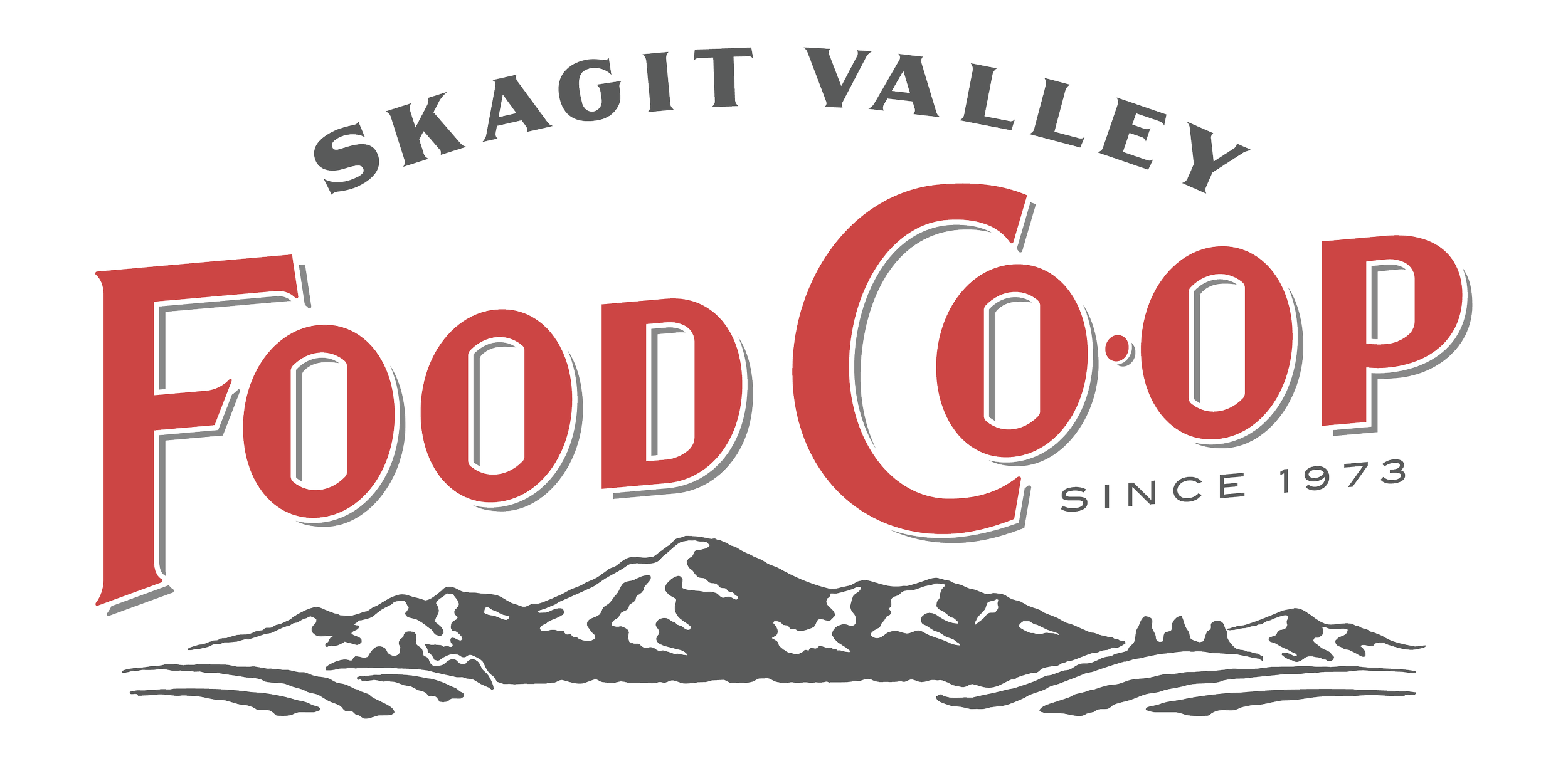Wait, Wait, Don’t Throw It Out Yet!
By Laura Bady
Did you know that according to Washington State University the average Skagit County household throws out about three pounds of food every week? That’s over 150 pounds a year! We as consumers have so much more control over our food waste than other environmental wastes. This output is one we can actually tackle. One of the biggest problems with food waste prevention is that we are misinterpreting what the expiration dates on food mean and are too quickly chucking perfectly good food into the garbage; a family of four could save an average of $1,200 (or more!) a year by not tossing out food that is perfectly safe to eat! We’ve been trained to rely on food expiration dates for food safety reasons, but those dates can be so confusing and don’t necessarily mean food is no longer edible.
So, let’s take some of the mystery out of these expiration dates and put some power in your environmentally conscious hands, and money back in your pocket.
According to the United States Department of Agriculture (USDA), product dating is not required, except on infant formula. Beyond that, there is no universally accepted system used for food dating in the United States, which is how we’ve come to encounter so many different versions of an “expiration” date. Mostly, dates are used to alert the retailer how long foods can be kept on the shelf for best quality, which is dictated by the product manufacturer along with various state regulations.
With the exception of infant formula, if the date passes during home storage, a product can still be healthy and safe to eat if handled properly. Canned foods can last years past their expiration dates. If a food is spoiled it will develop an off odor and may have a slimy texture. Other signs of spoilage are even more obvious, like mold and rot. This is the time when the food should not be eaten and tossed out. Where you toss it is another matter entirely.
Here are a few tips to keep in mind when trying to decode expiration dates:
“Best if Used By/Before” or “BB” Date
BB?! No wonder we’re confused. These indicate when a product will be of best flavor or quality. It is not a purchase or safety date. Typically, a product will last much longer than this if not opened.
“Sell-By” Date
Tells the store how long to display the product for sale for inventory management. Also, not a safety date.
“Use-By” Date
The last date recommended for the use of the product while at peak quality. It is not a safety date except for when used on infant formula.
“Freeze-By” Date
Specifies when a product should be frozen to maintain peak quality. It is not a purchase or safety date.

